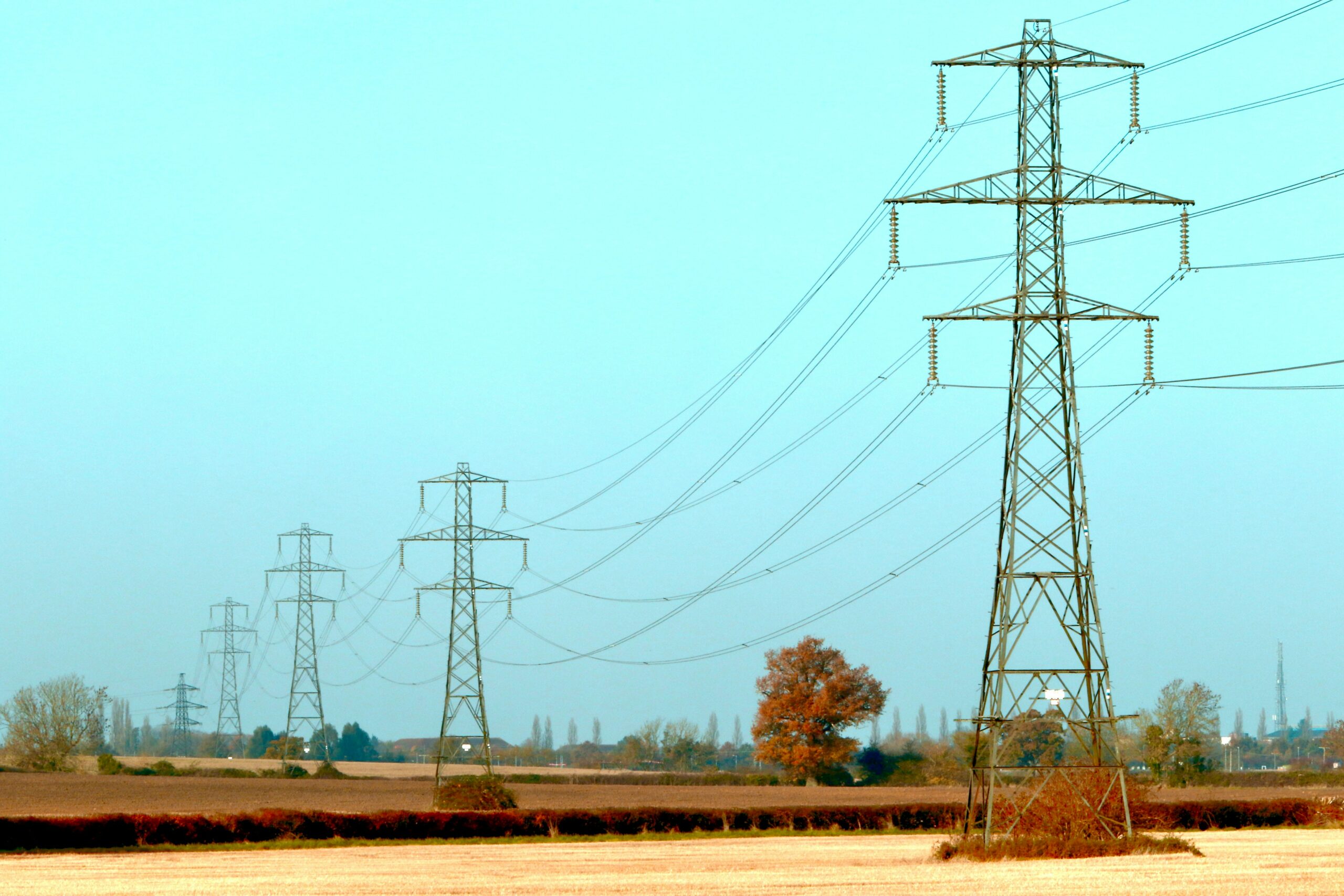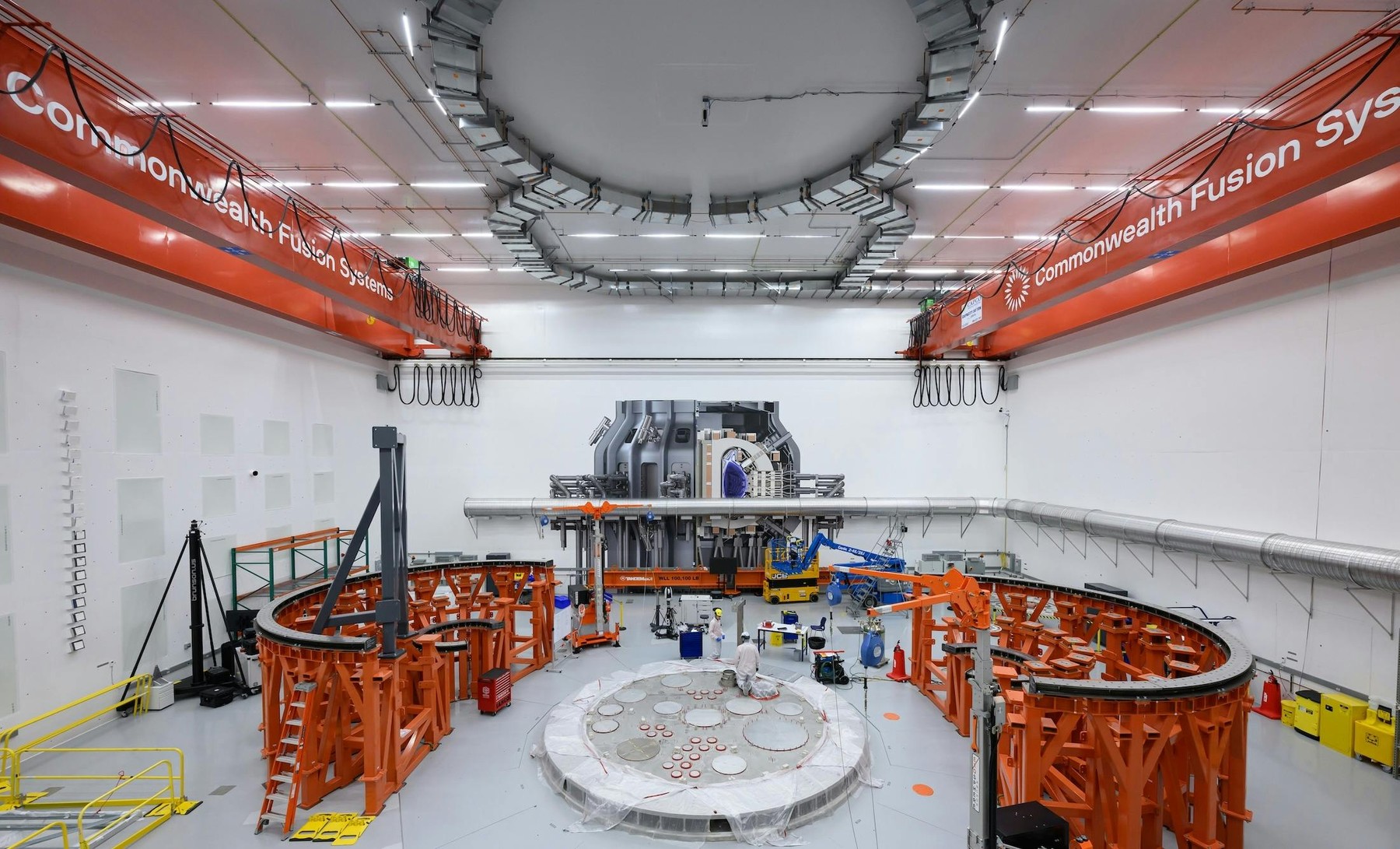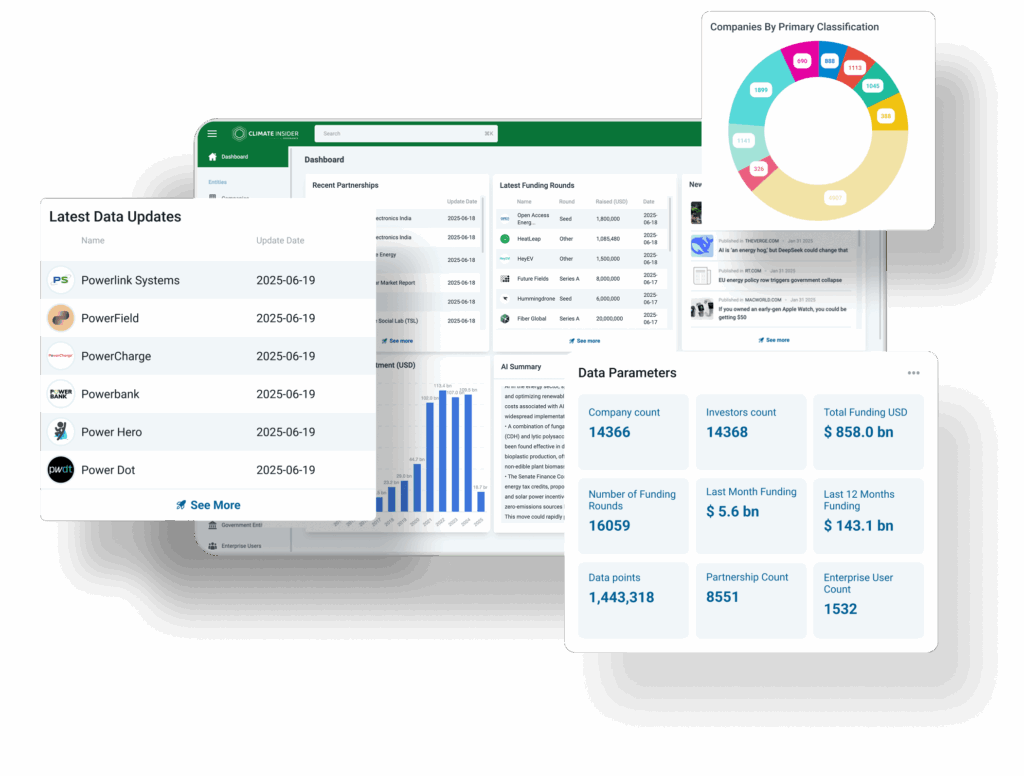There’s no question about it: we’re all going to need much more power. These demands will require substantial upgrades to grids, and changes in how these grids function.
First, the demand: in Canada, Electricity Canada estimates that the country’s electricity demand will more than double, from approximately 600 terrawatt hours per year to over 1200 TWh per year.
In the U.S., electricity demand is expected to increase 16% in the next five years, according to consulting group Grid Strategies. American Clean Power, the renewable energy association, estimates that U.S. energy demand will increase by 35% to 50% by 2040.
In the European Union, demand is expected to more than double by 2050, while the Asia-Pacific region, which currently consumes 26% of global electricity, is expected to consume 51% of global electricity this year, according to data from Wood Mackenzie.

Grids are already experiencing signs of overload, and electricity failures are likely to be more frequent until solutions have been implemented.
According to a survey conducted between January and April this year by grid modernization company Tantalus, grids across North America are feeling unprepared for the coming challenges.
Only 9% of the 103 utilities surveyed by Tantalus felt well-prepared for the coming challenges, with only 3% feeling adequately prepared to manage grid data.
The surge in electricity demand is powered by growing electrification, in transportation, manufacturing, mining, construction and many other industries. The growth of data centers worldwide will also place intense demands on local and national electricity grids.
Congestion on the grid can have serious economic consequences, the International Energy Agency said in a March 2025 report.
Grid backlogs can hinder initiatives such as housing projects and industrial developments, the IEA said, as well as “undermine energy security, economic development, and clean energy transitions.”
Fortifying grid capacity and stability
One way to strengthen the grid without investing in expensive grid infrastructure updates and expansions is to focus on software.
Companies like Future Grid, Dynamic Grid, Grid Sentry and scores of others have leveled up technology, often using AI, to detect outages, manage peak load and demand reduction times, and oversee transformer and line capacity.
“Digital technologies can optimize existing infrastructure, squeezing 20% to 40% more capacity from current transmission lines through solutions like dynamic line ratings and topology optimization,” Evan Caron, Chief Investment Officer at VC fund Montauk Climate, wrote in a MarketWatch op-ed.
There is a role for renewable energy and microgrids as well, Tim King, president and managing director of high-voltage cable producer Nexans North America, told Electrical Business.
“Renewable energy sources and microgrids have a crucial role in powering modern data centres,” he said.
“Through energy source diversification, data centres can leverage a more stable, reliable supply.”
Microgrids can also provide stable power for these centers, while also providing power sources for remote communities, he added.
Grid optimization can also be helped by targeted policy to encourage growth and maintenance, a new report from Google, written by Ruth Porat, Thomas Korian, James Manyika, and Kent Walker, argues.
The U.S. needs to expand their sources of energy and expand the role of nuclear and geothermal energy, as well as making carbon capture less costly and risky, the report argues.
All levels of government can do this by expediting permitting for nuclear and geothermal projects, and maintaining carbon capture and technology-neutral energy tax incentives.
To optimize and expand grid capacity, the various levels of government need to encourage the use of grid technologies in grid planning, and create incentives for grids to use these technologies.
Decarbonizing data centers
Because data centers will be the main drivers of growing electricity demand in the coming years, these facilities must make efforts to conserve energy. Data centers are facilities that process and store data generated by computer programs worldwide.
Data centers will have a carbon footprint larger than the aviation industry, BCS – the UK-based chartered institute for IT – said in a recent report. Data centers currently account for 4% of total global emissions, and this percentage is rising.
The massive amount of data processed by these data centers will often lead to data misuse, forgotten data, and unnecessary duplication of data, the report says.
To tackle decarbonization of all forms of data centers – whether these are the massive facilities operated by the likes of Amazon or Google, or individuals saving their data on their own devices – BCS is advocating for a global standardized measurement of data’s environmental impact.
This globalized metric can help data operators and managers understand the impact of their operations, and make concerted efforts to improve emissions.
BCS also calls for the cost of environmental impacts to be factored into the overall cost of data management; the group also supports the sharing of supply chain data across the ecosystem.
Data centers can also lower their carbon emissions by reusing heat, Norwegian research organization Sintef found.
Most of the heat generated by data centers is not currently reused, Sintef researchers found. The excess heat is also not hot enough for immediate use. By using renewable energy or low-carbon technologies like heat pumps, the heat can then be reused for a host of applications within data centers, including use for hot water, boiler feedwater preheating, and desalination.
Excess heat produced by data centers in urban areas can also be funneled into district heating, and used by local area heat pumps.








